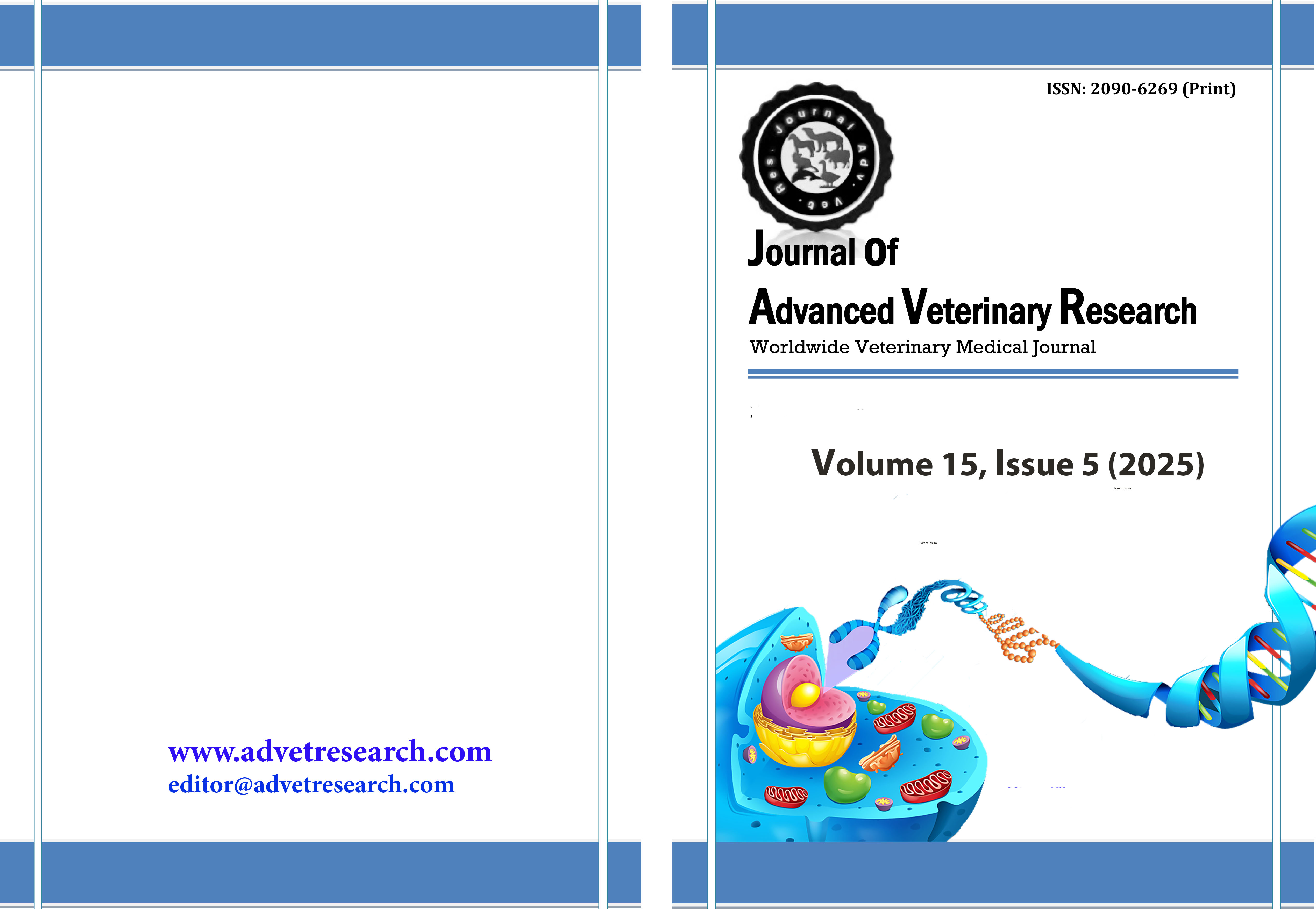Strategic assessment of ruminant livestock development in Gunungkidul Regency
Keywords:
Gunungkidul, Livestock Strategy, Ruminant Livestock, SWOT AnalysisAbstract
The livestock sector is a key driver of food security and rural economic growth in Indonesia. In Gunungkidul Regency, cattle and goats dominate ruminant production and hold significant development potential. However, the sector faces numerous challenges, including limited feed availability during the dry season, low slaughter rates, inadequate infrastructure, weak farmer institutions, and limited access to modern technologies. This study examined the strengths, weaknesses, opportunities, and threats (SWOT) of Gunungkidul’s ruminant livestock sector and identified strategies to boost both productivity and sustainability. The study applied qualitative approach. Data were gathered through interviews, questionnaires, and secondary sources, then analyzed using the SWOT and Critical Success Factors (CSFs) frameworks. The Eisenhower Matrix was also applied to prioritize strategies by urgency and importance. This study formulated integrated priority strategies for livestock sector development, encompassing the strengthening of farmer groups and cooperatives, the utilization of agricultural waste as alternative feed and organic fertilizer, and the adoption of technology for disease monitoring and control. In the short term, the focus is directed toward securing feed supply during the dry season, improving access to veterinary services through veterinarians and vaccination programs, and implementing modern cluster-based farming practices. In the medium term, the strategies emphasize diversifying local feed sources to reduce reliance on imports, enhancing productivity, expanding market access, and fostering greater interest among younger generations in the livestock sector. Supporting interventions, such as infrastructure development and the promotion of local products, are implemented as complementary measures to reinforce the sustainability of the livestock business ecosystem.
Downloads
Published
How to Cite
Issue
Section
License
Copyright (c) 2025 Journal of Advanced Veterinary Research

This work is licensed under a Creative Commons Attribution-NonCommercial-NoDerivatives 4.0 International License.
Users have the right to read, download, copy, distribute, print, search, or link to the full texts of articles under the following conditions: Creative Commons Attribution-NonCommercial-NoDerivatives 4.0 International (CC BY-NC-ND 4.0).
Attribution-NonCommercial-NoDerivs
CC BY-NC-ND
This work is licensed under a Creative Commons Attribution-NonCommercial-NoDerivatives 4.0 International (CC BY-NC-ND 4.0) license




